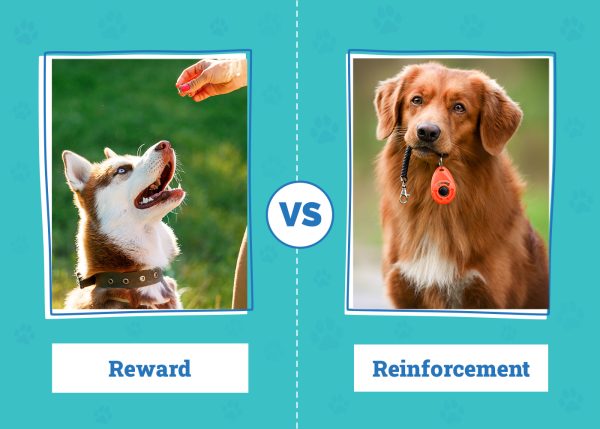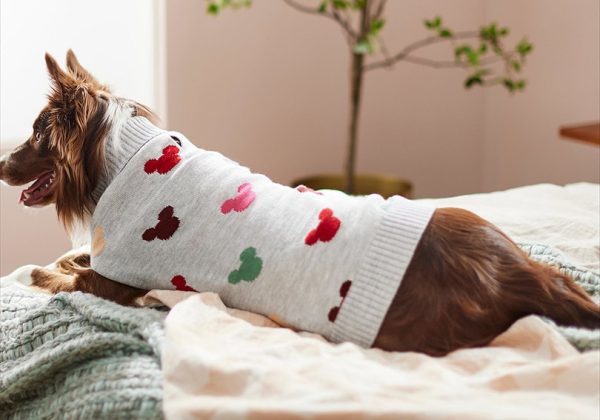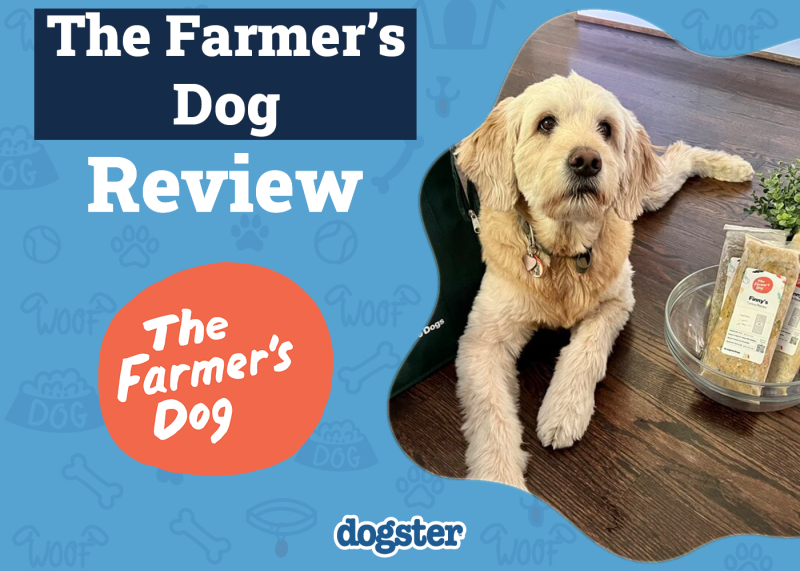While we focus on improving our dogs’ lives with better food, training, and enrichment, we don’t often consider how we can simplify our lives as owners. As unimportant as it may seem, learning the language can make it easier to navigate the canine culture, allowing us to have more fluid discussions and find solutions faster.
If you’ve ever been on a forum or read a blog and saw a confusing breed nickname you had to look up, you know just how critical that can be. With hundreds of breeds to learn, committing every nickname to memory can be quite the undertaking.
For a practical path to having more intelligent conversations today, we’ll break down the 17 common dog breed abbreviations you’re likely to encounter.

The 17 Common Dog Breed Abbreviations
1. GSD
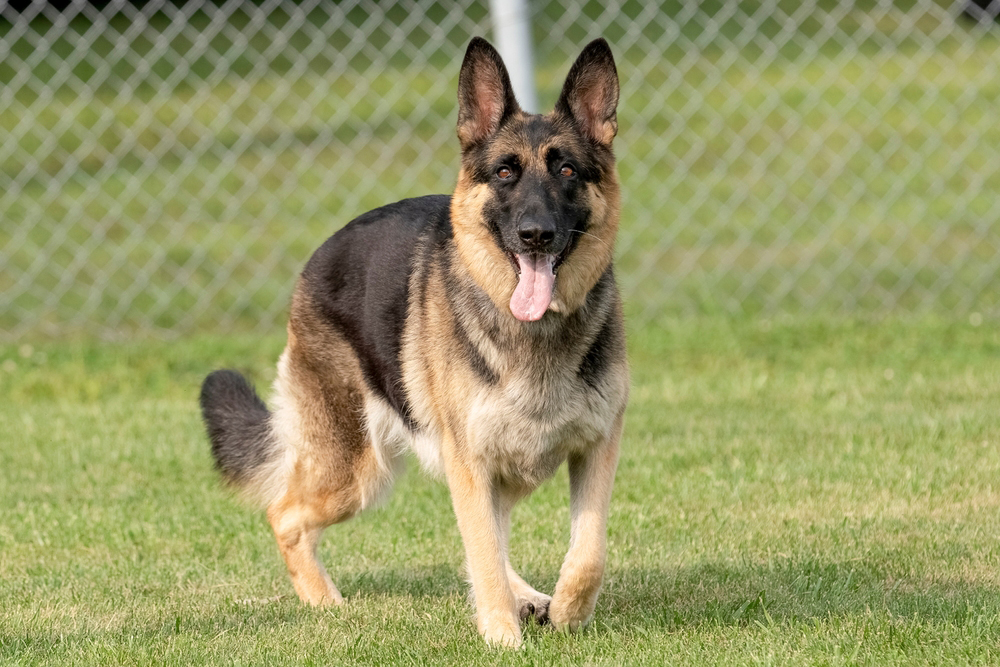
- Breed: German Shepherd Dog
Though most are happy to shorten it to German Shepherd, not everyone realizes the dog’s original name, Deutsche Schäferhunde, translates to “German Shepherd Dog.” As a result, we get the German Shepherd Dog abbreviation “GSD.”
Fortunately, the “GSD” abbreviation distinguishes the breed more than the simple “GS,” which may confuse it with dogs like the Giant Schnauzer or German Spitz.
2. Mal

- Breed: Belgian Malinois, Alaskan Malamute
“Mal” refers to the Belgian Malinois, the athletic, ultra-intelligent German herding, police, and military dog. In some circles, however, Alaskan Malamute enthusiasts may use the abbreviation for their furry ancient breed.
Malinois owners may call their dogs “Malis” to avoid this confusion, but if you’re unsure of what they mean when you hear “Mal,” you may need to ask, “Belgian or Alaskan?”
3. Staffy

- Breed: Staffordshire Bull Terrier
In the early 1800s, breeders combined old English bulldogs with Terriers to give us the original “Bull-and-Terrier.” They were bred for gameness and strength, and Bull-and-Terriers were bull- and bear-baiting dogs used for recreation until authorities outlawed bloodsports in 1835.
Enthusiasts then shifted their focus to more clandestine arenas like dogfighting, keeping the aggressiveness alive and focusing it on other dogs. The Staffordshire Bull Terrier, which gained Kennel Club recognition in 1935, is the oldest relic of these past breeds, though some feel they still possess a hostile edge.
Thankfully, responsible breeding over the generations has turned the beloved Staffy from a fighter into one of the most loyal, gentle, and playful family pets in the canine kingdom.
4. AmStaff

Short for American Staffordshire Terrier, AmStaff is a popular nickname for an even more popular Pit Bull-type dog. The AmStaff is the larger descendent of the Staffordshire Bull Terrier.
Because they were bred for working roles in the States, much of the AmStaff’s violent nature fell to the wayside. Among Pit Bull varieties, they enjoy a reputation for their calmer, more composed nature.
5. APBT

- Breed: American Pit Bull Terrier
Yet another Pit Bull-type dog, the American Pit Bull Terrier, is a hardworking breed developed in the U.S. in the 1800s. The multi-faceted dogs, which earned UKC recognition in 1898, made apt herders, hunters, and guardians, filling virtually any role needed on the homestead.
The American Pit Bull Terrier can be a chore to write and say, leading many to use the APBT shorthand.
6. Pom

- Breed: Pomeranian
Descended from the wolf-like Nordic Spitz-type dogs, Pomeranians boast the familiar playful and outgoing personality in undersized, apartment-friendly frames. Of course, you can expect the small-dog feistiness, boldness, and alertness that make them even more lovable. Fans often use the breed abbreviation “Pom,” an apt nickname considering their fluffy coat’s uncanny similarity to pom-pom puffs.
7. Pap

- Breed: Papillon
Pap is the condensed form of Papillon, the French word for “butterfly.” The appropriately named breed is easily identifiable by their wing-like ears that perk up and feather out with fine, wispy hair.
Descended from small Spaniels, the Papillon is trainable and athletic, often taking home agility titles in their group and proving no small breed has more pep than a Pap!
8. ACD
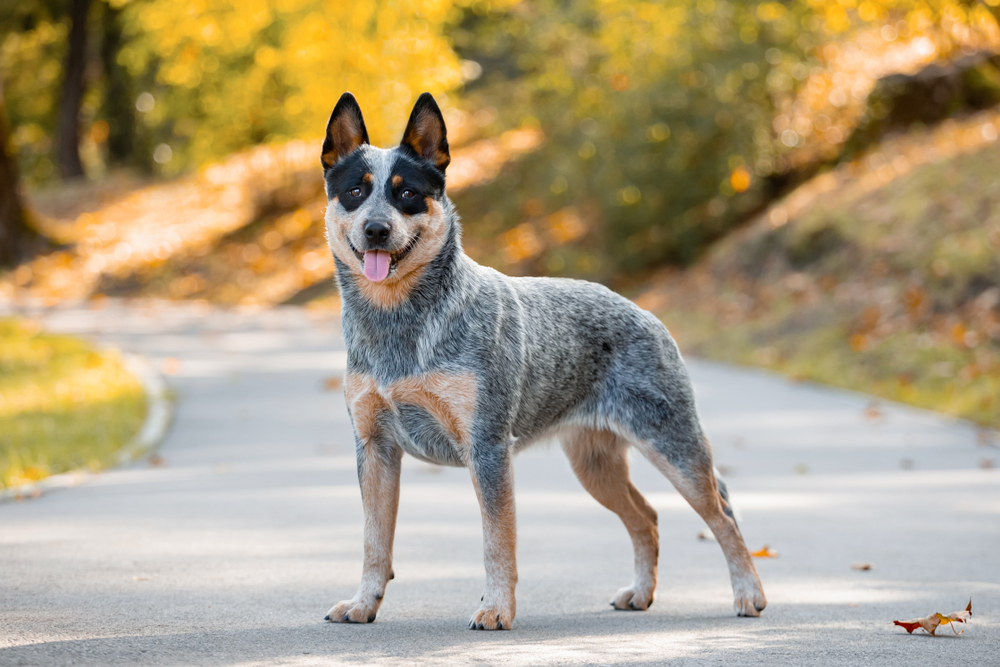
- Breed: Australian Cattle Dog
ACD is the abbreviation for the Australian Cattle Dog, also called the heeler, due to their habit of moving cattle by nipping at the heels. The hardworking Outback herder descends from Collies and Australia’s native wild dingoes.
The later addition of the Dalmatian helped form the unique blue and red coats while adding a resolute protectiveness to the dingo’s stamina and heeling ability.
9. GSP

- Breed: German Shorthaired Pointer
As the quintessential bird dog and one of America’s top ten breeds, the German Shorthaired Pointer (GSP) has been adored for their versatility since their origins with the German aristocracy in the early 1800s.
Just be sure not to confuse them with “GLP,” which is the shortened version of the GSP’s less-popular relative, the German Longhaired Pointer.
10. Yorkie

- Breed: Yorkshire Terrier
A short name for an even shorter breed, Yorkie is a common abbreviation for the much beloved Yorkshire Terrier breed. The sassy yet elegant toy dog has been a fashionable accessory for socialites since the 1800s and a favorite on the show circuit with their silky floor-sweeping coats.
Today’s Yorkies maintain their long-held position as adorable lapdogs and one of the most popular breeds for urban residents.
11. CKCS

The Cavalier King Charles Spaniel takes a second to say and even longer to type, so most people use the CKCS abbreviation when discussing this aristocratic breed. Descended from royal lapdogs of the 17th century, the CKCS maintain their dignified air, though they have adapted well to average family life as loving, even-tempered companions.
12. WHWT

- Breed: West Highland White Terrier
The West Highland White Terrier is a Scottish breed. Breeders supposedly developed small rodent-hunting dogs into snowy white breeds so they would be easy to identify in the field.
The ever-alert, confident, and entertaining pup is often nicknamed the “Westie” in daily conversation, while writers usually use the abbreviation “WHWT.”
13. Bolo

- Breed: Bolognese
Like many Bichon breeds, the Bolognese was a well-traveled companion for wealthy nobles in their native Italy. Bolos have captured the hearts of the world’s elites since the Renaissance, with today’s dogs still offering the playful, easygoing personalities that made their ancestors so coveted.
14. Affie

- Breed: Affenpinscher, Afghan Hound
Affie is another nickname that may apply to different breeds depending on the circles in which you hear it. Generally, it refers to the Affenpinscher, the Terrier-like “monkey dog” with amusing looks and an even funnier personality. For other enthusiasts, Affie could refer to the leggy, fabulously coiffed, and fiercely independent Afghan Hound.
15. PBGV

- Breed: Petit Basset Griffon Vendeen
You can’t fault anyone for abbreviating the Petit Basset Griffon Vendeen to the more manageable PBGV when discussing the shaggy, low-slung rabbit Hound hailing from France. As you might guess, their larger cousin, the Grand Basset Griffon Vendeen, also goes by their more popular shortened version, GBGV.
16. Pyr

- Breed: Great Pyrenees
Great Pyrenees are solitary flock guardians shepherds developed to work in the snowy Pyrenees Mountains several centuries ago. The breed still works as a dependable farm worker, though many families now appreciate the Pyr as a gentle, patient companion for adults and children.
17. Neo

- Breed: Neapolitan Mastiff
With pendulous jowls and endless arrays of folds across their bodies, Neapolitan Mastiffs are unmistakable. Also called the Mastino, the Neapolitan Mastiff was historically a guard dog since ancient Roman days.
Neos live a more relaxed life today, though they still bear the aloofness and mighty frames that made their ancestors such formidable specimens.

Final Thoughts
How many breed abbreviations did you know? Knowing the nicknames for our furry companions won’t make you a more capable owner, but it can save time whenever you engage in good doggy discussion. Besides, nothing will make you sound more like a canine expert than having a handle on these essential bits of conversational shorthand.
Featured Image Credit: Hanna Borysenko, Shutterstock








